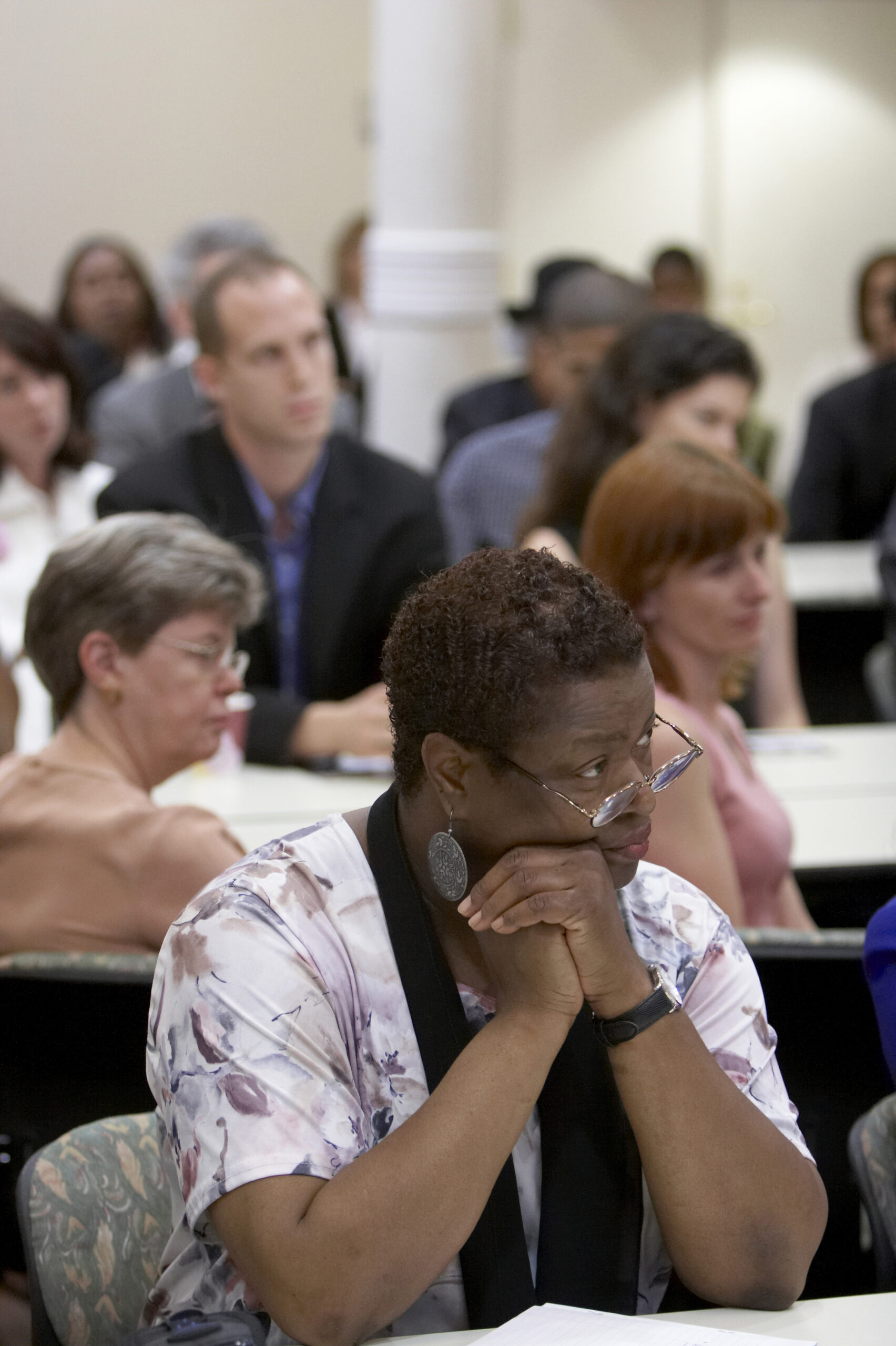Is your nonprofit organization’s strategic plan filed away? Do you know if you have a strategic plan? It may be surprising, but I have met with new clients who weren’t sure when the organization last completed a plan or where to find it. And for those organizations that have completed a plan in recent memory, it’s not uncommon to hear that it has not made much of a difference. Perhaps it’s not used because the plan is primarily a list of good ideas (often in bullet-point format) that does not factor into ongoing board and staff decision-making.
Foundation for Decision Making
That’s the key: A strategic plan should be in constant use, informing both short-term and long-term decisions. Useful plans provide a foundation for program choices, fundraising (funders like to see clear direction) and external communications.
Recently, I had the opportunity to discuss these ideas when I presented Strategic Planning That Works, part of TSNE’s Better Nonprofit Management Training Series. Here are a few “take-aways” from the session.
Your nonprofit organization’s strategic plan should:
- Provide Clarity. Even during the worst economic recession since the Great Depression, having clear direction and organizational focus is crucial. Clarity about mission, goals and strategies eases making quick decisions and choosing between options in a crisis. Without clarity, an organization will be more likely to flounder.
- Prevent Mission Creep. “Mission creep” is the result of trying to be all things to all people—something that’s not possible anytime and, potentially, devastating during economic hard times. Being strategic means saying no when necessary to focus energy on what an organization does especially well. I once worked with an organization whose board and staff saw themselves fighting poverty, improving public schools, doing interfaith organizing, saving the environment and more! It was the development director, before pulling out her hair, who said her work needed the focus that planning can provide.
- Clarify Your Mission. Mission statements aren’t just slogans. I recommend groups reflect together on these questions as they develop or review their missions:
What is our purpose?
Who are our customers? (There may be several constituencies.)
What are we in the business of doing? (Don’t list specific programs, which can change.)
What values guide what we do and how we do it?
What makes this organization unique?
- Exemplify and Amplify Your Nonprofit’s Niche. Although we might prefer it otherwise, every nonprofit faces competition for funding, members, volunteers, media attention and more. Clarifying what makes your organization truly unique is a valuable and strategic discussion. No matter what you do, you’re not the only game in town. For example, I recently spoke with board members of a public access cable television station. Although they are the only such station in the city, they face tremendous competition from the Internet and every other information and entertainment source. It’s important that they clarify what they uniquely contribute to their constituency.
- Help You Make (Sometimes) Difficult Choices. Develop criteria for choosing between alternatives. If everyone agrees to the same criteria, it becomes easier to make decisions. I recommend running every potential strategy and program decision through two screens: (1) Does this truly fit and (2) is it viable long-term? Under the broad fit and viability categories organizations identify several specific criteria. Open dialogue will help lead to focusing limited resources on programs that fit our mission and are sustainable over time.
- Be Part of Every Major Decision. Use the plan once it’s completed. It should be referred to at every board meeting and used by staff to create annual action plans. I suggest holding an annual retreat where progress on the plan is assessed in depth. Along with asking if we’re achieving our goals, it’s important to review whether the assumptions we made about the economy, political climate and other factors are holding true to our expectations.
Ultimately, it’s not the planning document itself that is the most important part of a strategic planning process. Instead the strategic dialogue and consensus-building that the process encourages, and the resulting clarity and focus, make the effort worthwhile. So if board and staff in your organization haven’t referred to the plan in a while, it may be time to update it.
Do you have take-aways and lessons learned from your experience with strategic planning? How has your organization used the strategic plan? Please share your ideas with us and your colleagues in this space.
